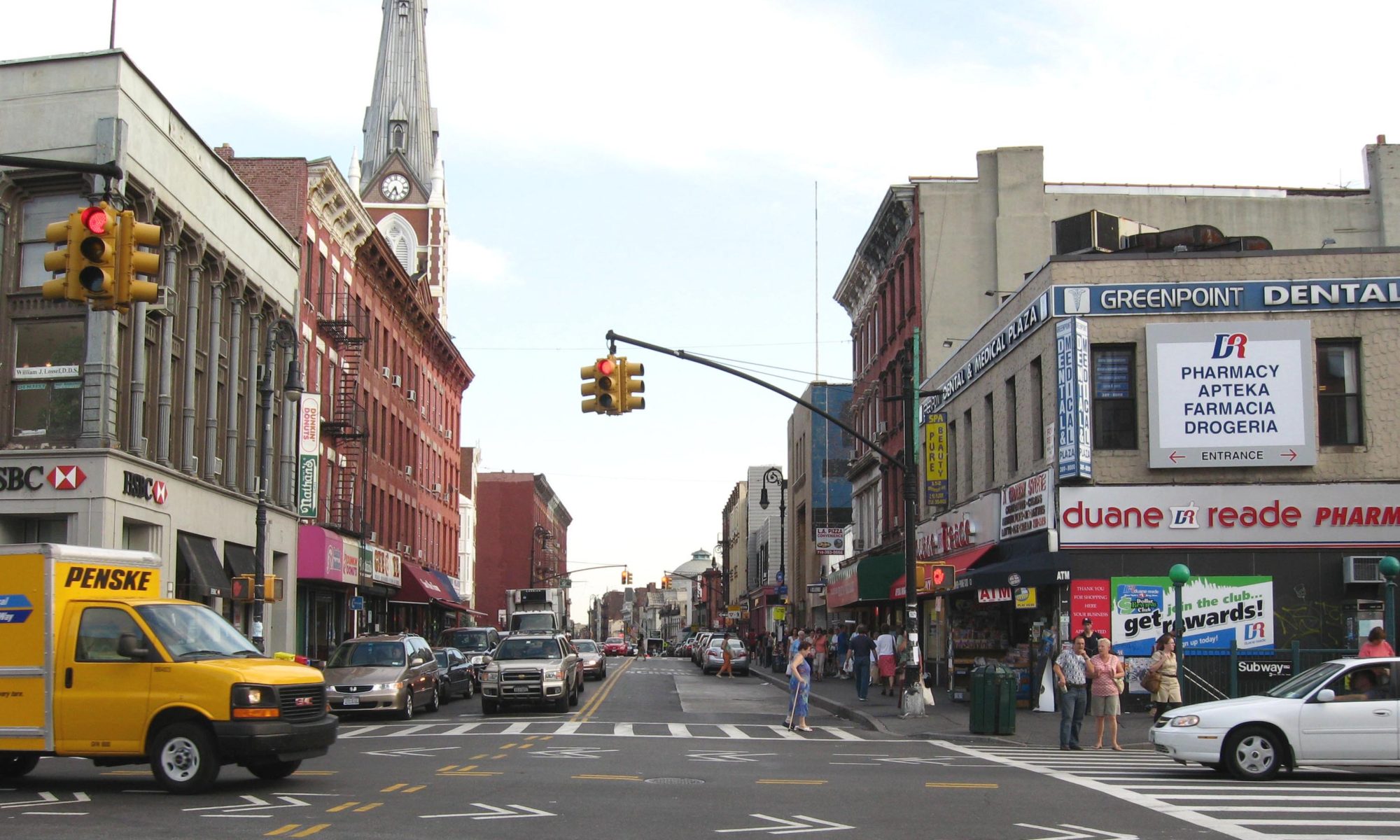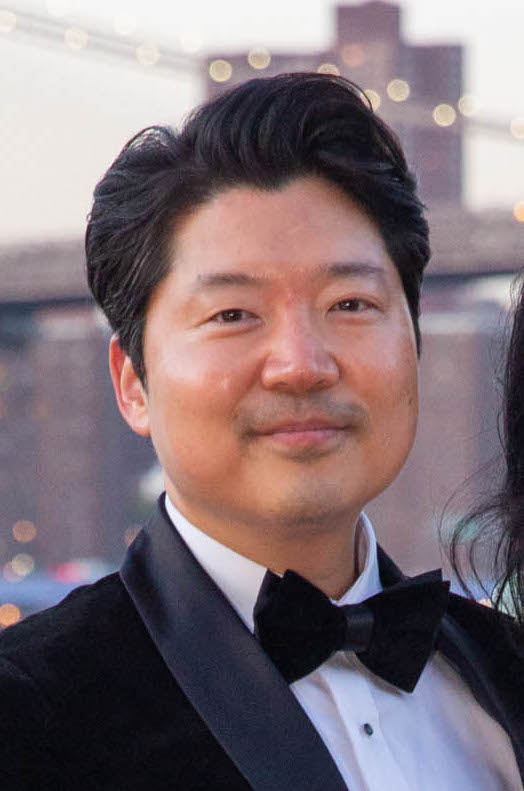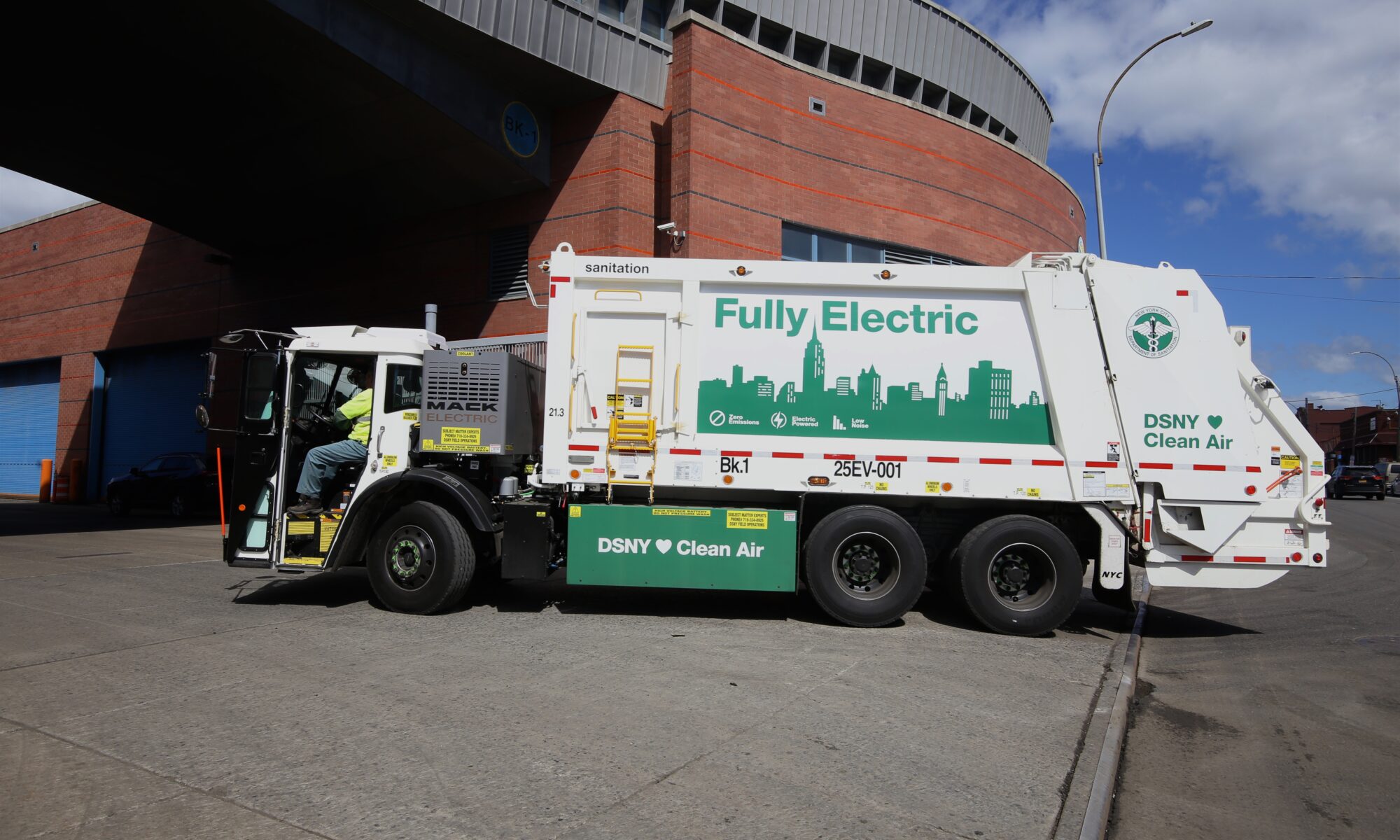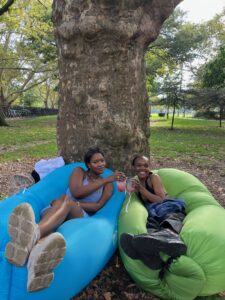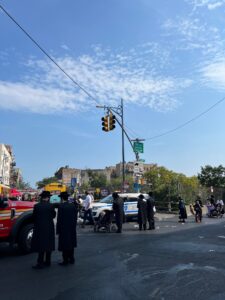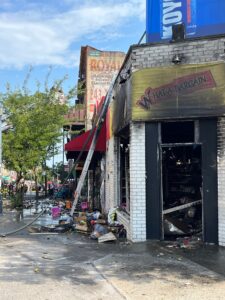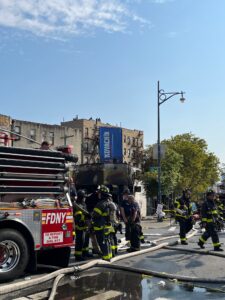Dave Cho, former veteran and co-founder of Korean skincare company, appointed as new board member of Brooklyn Bridge Park Conservancy
By Oona Milliken
omilliken@queensledger.com
Brooklynites know that Brooklyn Bridge Park was not always the picturesque, vibrant green space it is today, but a former abandoned industrial area. Now, the park is continuing to grow and expand with Dave Cho, a former U.S. Veteran and a co-founder of Korean skincare brand Soko Glam, joining the Brooklyn Bridge Park Conservancy Board.
The Conservancy first started a grass-roots coalition to get the park built in the late 1980s and has now grown into a non-profit, separate from the physical maintenance of the park, that aims to provide vital programming to the park “with more than 500 innovative and engaging educational, cultural, fitness and recreational programs each year,” according to the organization’s website. Cho said he moved to the neighborhood around the park in early 2021 and loved coming to the park with his wife and daughters but had not thought about getting involved with the organization until he attended their annual gala.

“That’s when I learned more about the Conservancy and the work, so I started to get more plugged in at that point,” Cho said. “I gained a lot more appreciation for the park, the Conservancy, the history but also the future, what we’re trying to do, and I feel like I can contribute and continue to serve in the capacity of the board.”
Though a career in military service and skincare might seem worlds apart, Cho said he started the skincare brand Soko Glam with his wife Charlotte Cho for the same reason he wanted to serve his country: to help people. According to Cho, this desire to serve is also the reason he wants to give back to his community by joining the Brooklyn Bridge Park Conservancy board.
“On the surface, people will see it as polar opposites of the spectrum, and I get that. But I think if you really understand why I’m doing what I’m doing, like ‘Why did I join the military?’ I joined the military to help people, to serve others,” Cho said.
According to Cho, the Brooklyn Bridge Park is an incredible resource for the community, both for getting neighbors outside, but also as a way for building strong ties and relationships within the neighborhood. Cho also said the park is a natural way to get people more involved in the outdoors without outwardly trying to sway people to care about the environment. He also said that inclusion and empathy can go a long way in building strong ties in a community such as the one along the Brooklyn waterfront.
“I’m a true believer that in order to get people to be more empathetic, you need to live outside of what’s in your own world,” Cho said. “I think we need more inclusion, more empathy, not only for the parks but for society. I don’t want to get too philosophical, but I do believe that encouraging people, not forcing people, meeting where they are and encouraging them in their own natural organic way to get involved and to opt-in.”
Cho said he is excited to usher in a new era of community involvement and is an area where the Brooklyn Bridge Park Conservancy can improve.
“I think that there’s a great opportunity to get more community involvement. And I think that maybe the assumption is made that because the park is just so pristine, because the programming seems so put together, which they are, but people feel like, ‘They’re good,’” Cho said. “But I think that what can be so much more beneficial for everyone, including the people that are enjoying the park, is to have more people to opt in, and to share even what they would love to see.”
